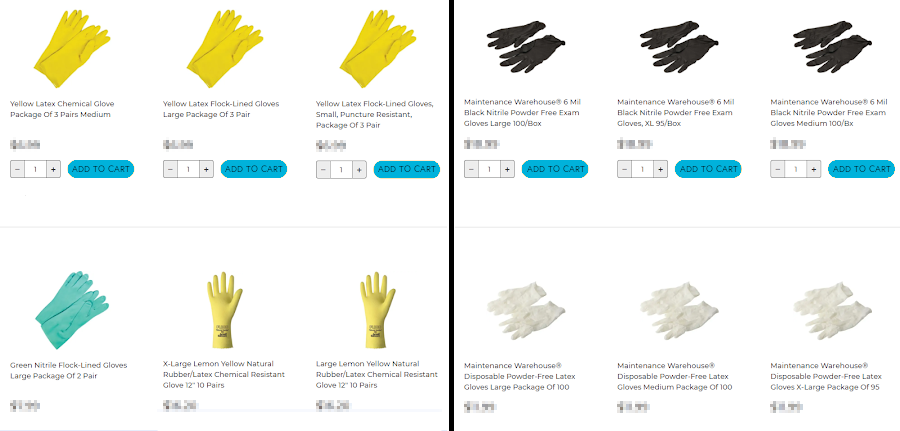Relevance by Segment
Relevance by Segment allows you to rank search results based on segment data to serve different experiences to different segments of users. This can lead to a better end user experience which in turn can translate into higher engagement, faster conversions and more revenue on the site.
A segment is a way to group users on one or more defining properties (dimensions), such as country or occupation. Each segment will have an associated value. For example, you could have a segment named “country” with a value of “Australia”, or a segment named “customer tier” with a value of “platinum”.
You can read more about the Relevance by Segment feature in our blog post here.
Note
Relevance by Segment currently only supports ranking based on a single segment. If you have use cases that require more than one segment, please share your use cases with the Bloomreach team.
Relevance by Segment Scenarios
Here are some scenarios to illustrate the value of Relevance by Segment:
- B2C: A B2C apparel retailer has queries for “sweater” on their UK site and Australia site. However, UK users would prefer to see much heavier sweaters for this query compared to Australia users. Therefore, the ideal product ranking would use UK segment data to rank results for UK customers, and Australia segment data to rank results for Australia.
- B2B: A B2B distributor serves customers from the Healthcare industry and from Cleaning/Janitorial services. Both segments search for “gloves”, but they are interested in different types of gloves. Therefore, the ideal product ranking would use Healthcare segment data to rank results for Healthcare customers, and Cleaning/Janitorial segment data for Cleaning/Janitorial customers.

Search results for “gloves” using Relevance by Segment, Healthcare segment (left) vs Cleaning/Janitorial segment (right)
How to Implement this Feature
To integrate the Relevance by Segment feature, you have to send additional parameters in your Search and Category API calls and also add an additional parameter to your Bloomreach tracking pixels. Read about the integration steps in the Relevance by Segment Integration Overview page.
Code sample
Check the demo code sample that demonstrates how to implement Relevance by Segment.
Updated over 1 year ago
